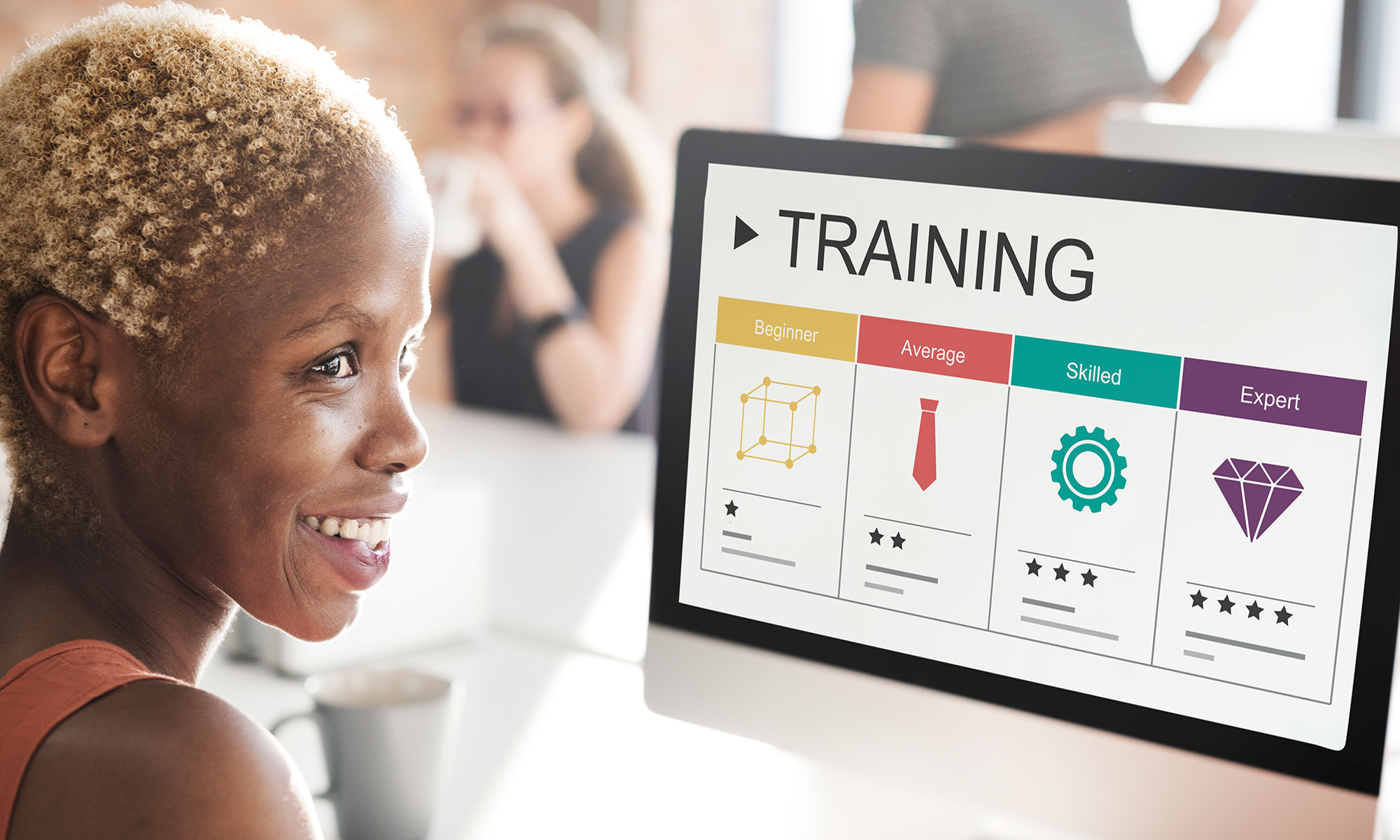Outline the Key Steps Involved in Designing a Training Program
Designing a successful training program is essential to ensure that learners acquire the knowledge, skills, and behaviors necessary to achieve their goals. Here are the key steps involved in designing a training program:

Set Learning Objectives: Define the learning objectives for the training program. These objectives should be clear, specific, and measurable. They should also align with the organization’s goals.
Create a Training Plan: Identify the training delivery method, schedule training sessions, and select the appropriate trainers or facilitators. Determine the duration of the training and the frequency of sessions.
Develop Content: Develop engaging and interactive content that aligns with the learning objectives. Use a variety of delivery methods, such as videos, presentations, case studies, and group activities, to keep learners engaged.
Evaluate the Effectiveness of the Program:
Evaluate the effectiveness of the training program by using feedback
from learners. Assess the impact of the training on learners’ job performance and the organization’s goals. Use this information to improve future training programs.
By following these key steps, you can design a training program that meets the needs of learners and the organization.
Provide Examples of Successful Training Programs and How They Were Designed to Achieve Specific Learning Objectives
The success of a training program depends on how well it is designed to meet the specific learning objectives of the learners. Here are some examples of successful training programs:
Management Training Program at General Electric: This program is designed to develop leaders who can drive the company’s growth. The program provides training in problem-solving, decision-making, and strategic thinking. It also includes coaching and mentoring from senior leaders.
Customer Service Training Program at Ritz-Carlton: This program is designed to provide excellent customer service to guests. The program includes training in communication skills, problem-solving, and empathy. It also includes role-playing exercises and simulations to give employees hands-on experience.
Sales Training Program at IBM: This program is designed to develop sales skills in employees. The program includes training in sales techniques, product knowledge, and customer relationship management. It also includes coaching and mentoring from experienced sales professionals.
These training programs are successful because they are designed to meet the specific learning objectives of the learners. They provide engaging and interactive content that aligns with the learning objectives and uses a variety of delivery methods.
Offer Guidance on How to Adapt Training Programs to Meet Different Learning Styles and Preferences

Different learners have different learning styles and preferences. As a trainer, it is essential to adapt the training program to meet the needs of all learners. Here are some guidelines on how to adapt training programs to meet different learning styles and preferences:
Visual Learners: Use videos, infographics, and diagrams to present information.
Kinesthetic Learners: Provide hands-on activities, simulations, and case studies to give learners hands-on experience.
Auditory Learners: Use group discussions and role-playing to present information.
Reading/Writing Learners: Provide written material such as handouts and manuals.
By adapting the training program to meet the needs of different learners, you can ensure that all learners acquire the knowledge, skills, and behaviors necessary to achieve their goals.
Designing a successful training program requires careful planning, content development, and evaluation. By following the key steps outlined in this article, providing examples of successful training programs, and offering guidance on adapting training programs to meet different learning styles and preferences, you can design a training program that meets the needs of learners and the organization.




